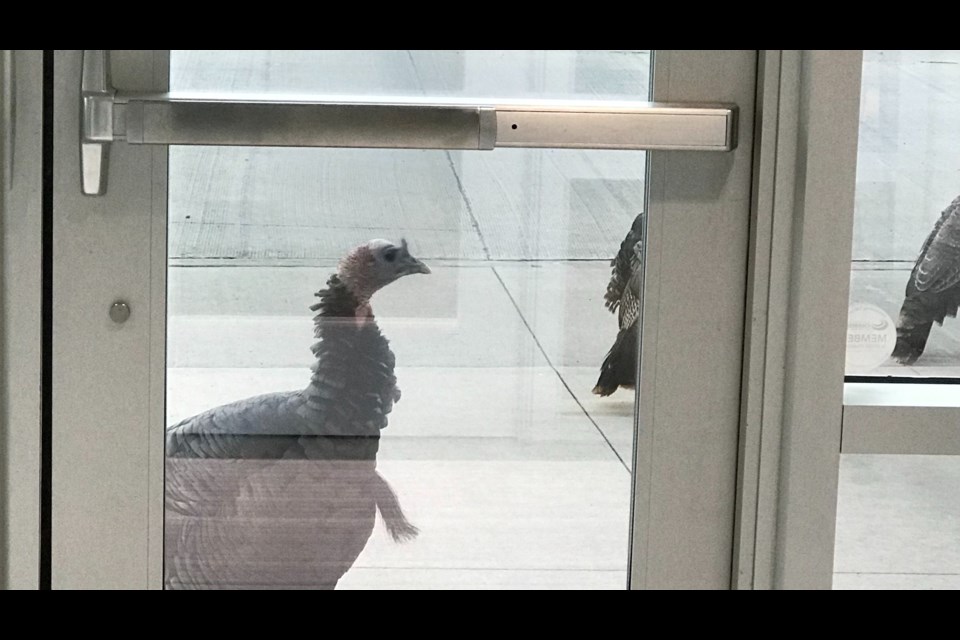Wild turkeys are proliferating in the United States -- and Sault Ste. Marie and the Eastern Upper Peninsula are no exception.
Beyond our neighborhoods, from California to Maine, the turkey population is increasing and the growing number of birds are causing all sorts of problems – from automobile and motorcycle crashes, to assaults on college campuses and muggings outside urban office buildings.
The Guardian reported that turkeys have gone from exceptionally low numbers in the 1970s – after being numerous enough 200 years previously for Benjamin Franklin to urge that the bird be considered the national symbol instead of the bald eagle -- to about 7 million now, nationwide. David Scarpitti, a turkey biologist in Massachusetts, told The Guardian that turkeys have gone from a “conservation success story to a wildlife-management situation.”
Canada geese in our region have a similar story – from rare to overabundance. The subspecies of Canada geese over-running local parks and soccer fields today was once thought to be nearly extinct.
While geese migrate to more favorable winter habitat when the going gets tough in our neck of the woods, turkeys do not, so their population is slower to increase, but by all appearances, they are making headway.
Turkeys “scratch” for food, and that gets difficult when there is two feet of snow between their feet and the food. Conservation groups often help them through the winter by providing food where it is legal to do so. Just a few years ago, the Upper Peninsula population was small enough that it was not legal to hunt turkeys except for a few counties in the central UP, but now the season is open throughout Michigan in both the spring and fall.
I am a turkey hunter and I welcome the increasing population of turkeys – geese, too. However, my fellow turkey hunters in areas of the state where human residents are not as comfortable with turkeys on the sidewalk, have told me about gobblers attacking people in the parking lot at their places of employment. When I ask fellow hunters in those cities why they don’t grab the assailants by their necks, especially if they have a turkey hunting tag in their possession, they say, “They’re a bit intimidating if you don’t have a shotgun in your hands.”
I suppose that’s true. I’ve yet to be accosted by a turkey, but it’s probably just a matter of time. I live in a rural neighborhood which, until the past couple of years, hadn’t seen turkeys in decades. Mild winters and multiple bird feeders helped a few of them thrive, and now it is rare if I don’t see a turkey, or several, on my way home from work.
I may even see them while I’m busy at work – a paved place not known for turkey habitat. Recently, a nervous coworker told me there was a gang of turkeys outside our office building looking in the window at her. Sure enough, the birds were milling about the front doors and I wondered if they might come inside if I invited them. They were probably looking at their own reflections, but it was still a bit unnerving.
Whether they’re making it more difficult to get to the car after work, or co-existing with us in their more natural habitat, the burgeoning turkey population is welcome, as far as I’m concerned, along with the increasing numbers of Canada geese. I enjoy watching them, hunting them, eating them, and listening to them as well. The soothing sound of a flock of migrating Canada geese is just as welcome in the spring as the raucous gobble of a love-struck turkey. Both are great reminders of why we enjoy living in this part of the country.



